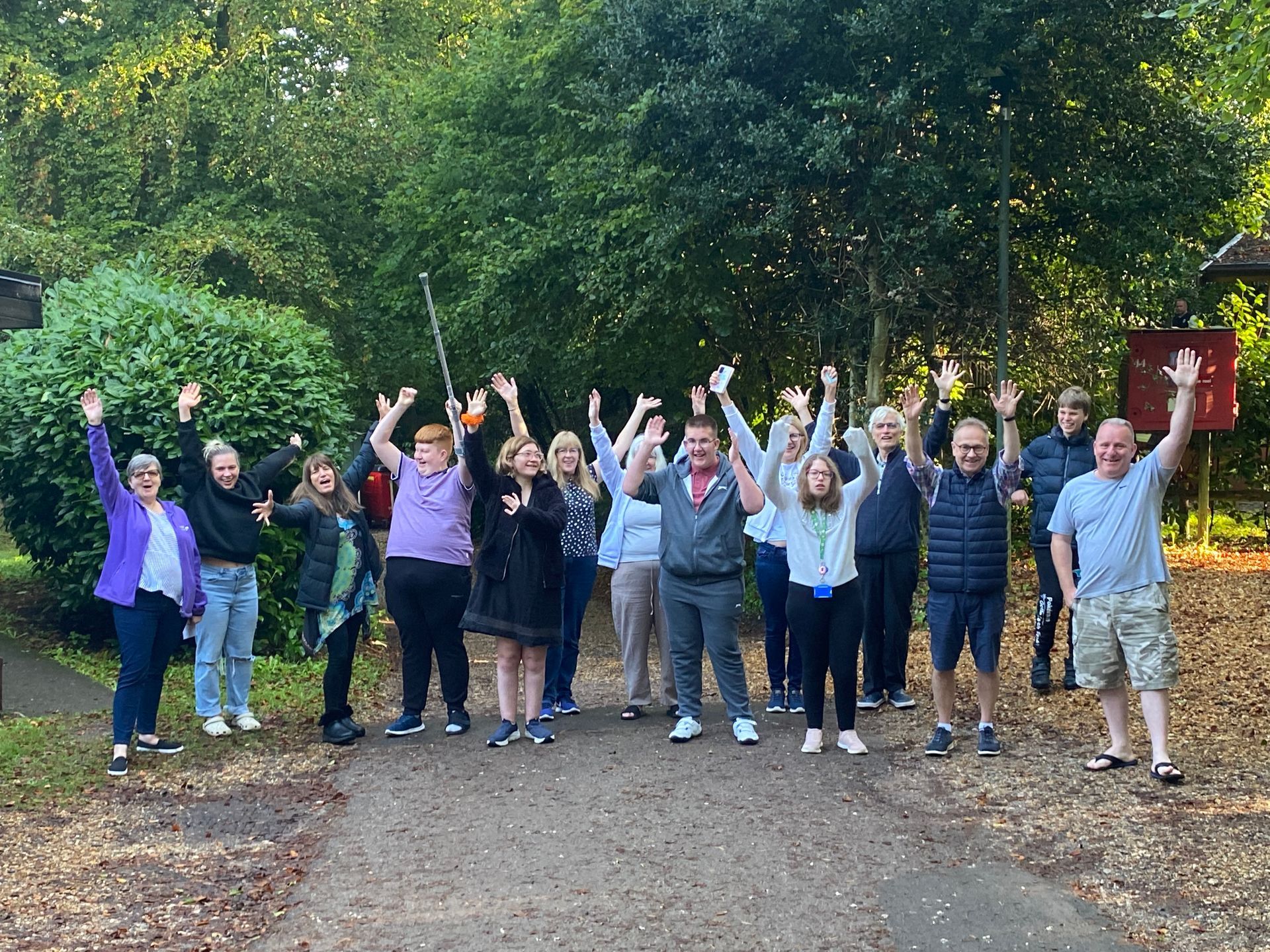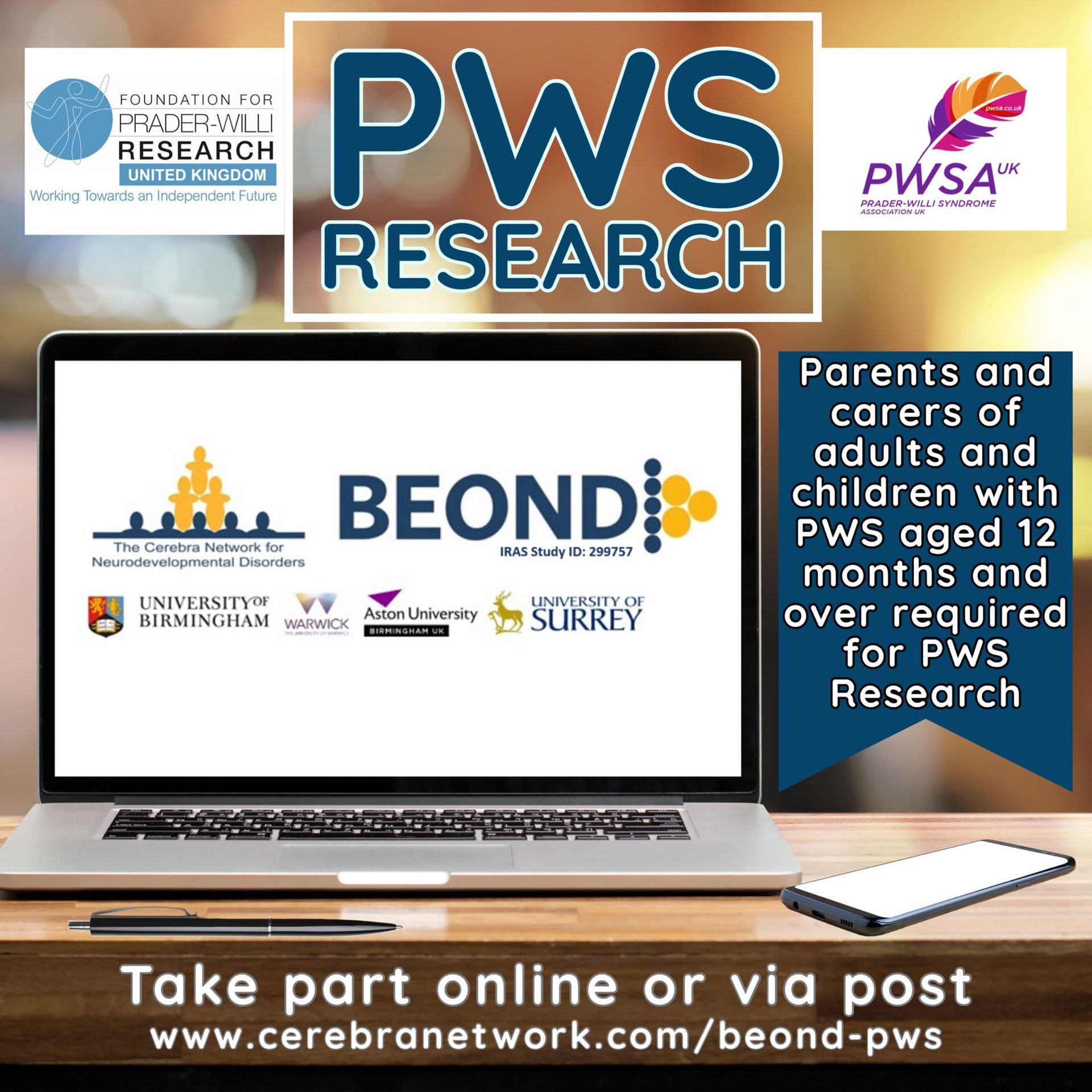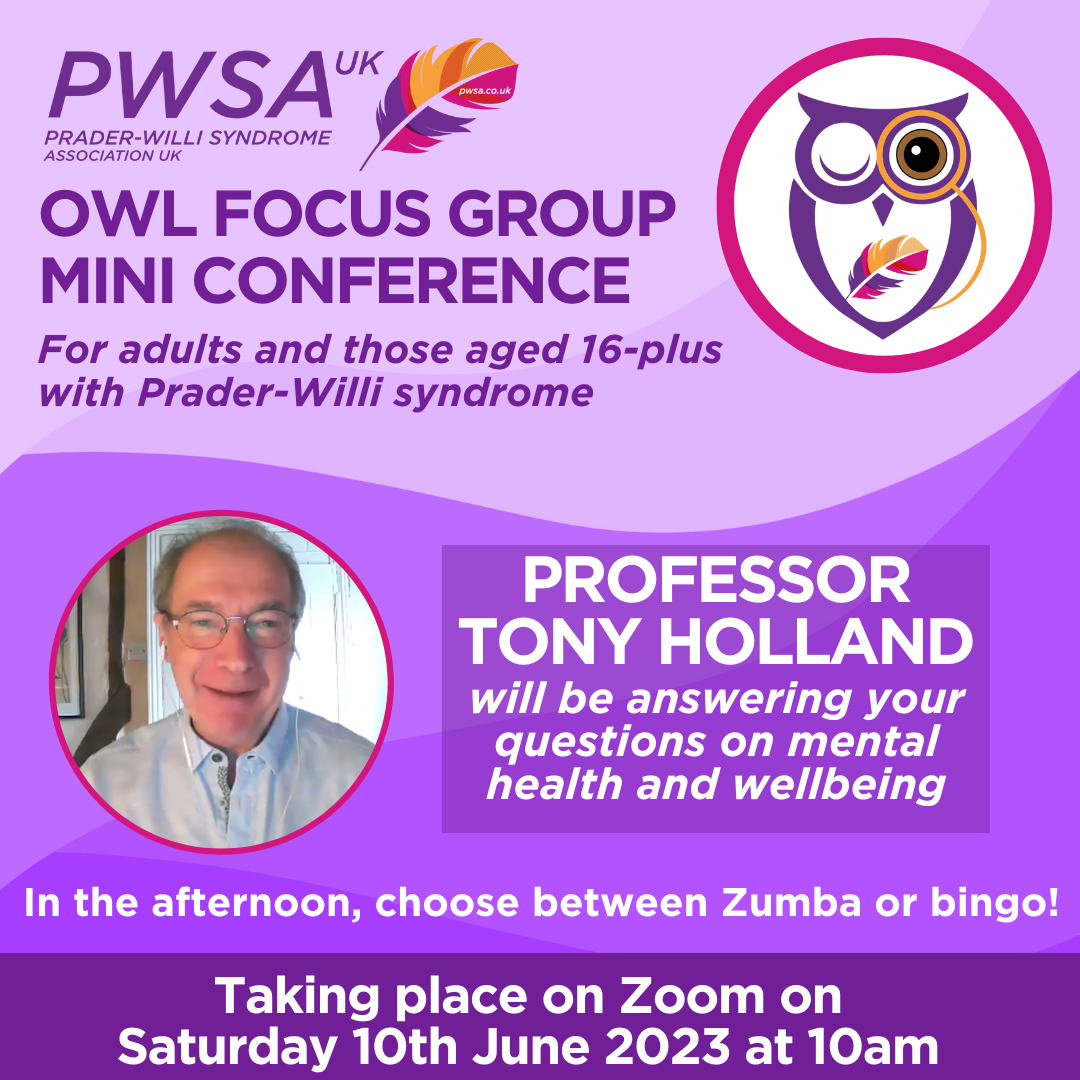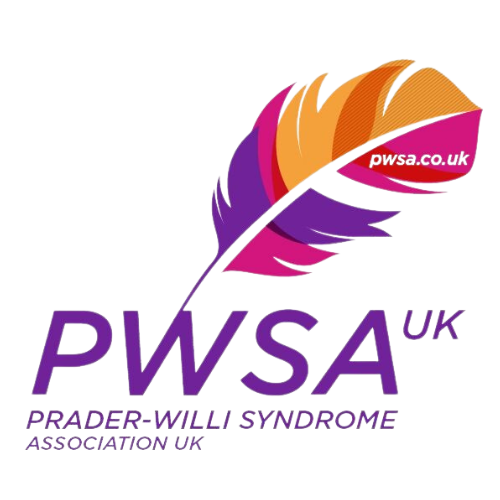BLOG: What should an EHCP look like?
Patsy Lecont • 20 February 2020
Patsy Lecont, Support and Training Team Manager at PWSA UK, looks at Education, Health and Care Plans (EHCPs).

The wonderful world of EHCPs can be a challenging and often confusing one for parents and teachers alike.
With local authorities sometimes overloaded and timelines being breached, it can be really difficult to navigate and find out exactly what should be in each section of the plan.
The most important sections, certainly from a PWS perspective, are Sections B and F. Sections B, F and I are the only ones enforceable by law, and therefore ‘Statements' (now EHC plans) must not be vaguely worded. Additionally, the LA must include special educational provision (in what is now Section F) for each and every special educational need identified.’ - R v The Secretary of State for Education and Science, ex parte E [1992] 1 FLR 377 CA.
So, what information should be in Section B? Section B, sometimes referred to as Section 2, should specify all of your son or daughter’s special educational needs identified during an assessment. Although this sounds simple and straightforward, without seeing the report from the assessment, it can be very difficult to determine if everything has been included. All of the information and reports used should be listed as appendices in the final EHCP.
The needs assessment itself requires the local authority, by law, to gain information from the following, as a minimum:
• the child’s parent or the young person
• educational advice (usually from the head teacher or principal)
• medical advice and information from a health care professional
• psychological advice and information from an educational psychologist
• advice and information in relation to social care
• advice and information from any other person the local authority thinks appropriate
• where the child or young person is in or beyond year 9, advice and information in relation to provision to assist the child or young person in preparation for adulthood and independent living, and
• advice and information from any person the child’s parent or young person reasonably requests that the local authority approaches
Moving on to Section F, this should contain all of the special educational provision needed to meet all of the needs listed in Section B. It should only be based on whether the provision is necessary to meet your son or daughter’s needs, not whether resources or services are locally available.
The provision set out must be detailed, specific and leave no room for doubt or question. Simply referring to a funding ‘band’, without further detail, is not specific enough, and the same can be said for the type of provision, hours and frequency. The easiest way to remember this is ‘who, what, when and how long’. This mantra needs to be applied to each element of special educational provision listed.
The following information from www.ipsea.org.uk is also really useful:
Special educational provision is anything that ‘educates or trains’ a child or young person. This can include therapies provided by the health authorities or social care (section 21(5) of the Children and Families Act 2014). For example, in relation to speech and language therapy, “since communication is so fundamental in education, addressing speech and language impairment should normally be recorded as special educational provision unless there are exceptional reasons for not doing so” (paragraph 9.74 of the Code). If it is included in Section F, it must be provided, and the LA [local authority] has the ultimate responsibility for ensuring that it is. (Note that a need for a therapy which educates or trains should be included in Section B, as it is an educational need, even if the therapy is ultimately provided by the NHS.)
This can include occupational therapy, physiotherapy and speech therapy (London Borough of Bromley and Special Educational Needs Tribunal and Others, QBD and CA (1999) ELR 260). Systems which teach a child or young person coping strategies, such as cognitive behavioural therapy and mindfulness, are training them to react in a certain way and so can also be special educational provision (DC & DC v Hertfordshire County Council (SEN) [2016] UKUT 0379 (AAC)).











